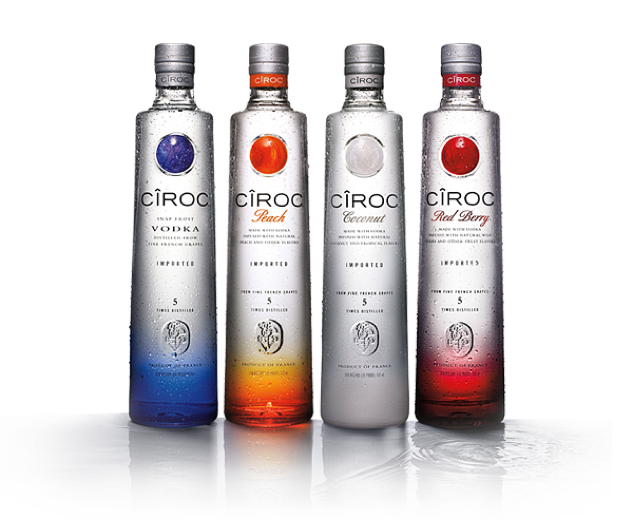
All brands want to create content nowadays. Vodka brand Ciroc is no different.
The Ciroc approach is to provide entertainment to differentiate its brand in a crowded category. It wants to be synonymous with hip nightlife trends. That means enlisting “tastemakers” like DJs. Aubrey Flynn, brand content director for Ciroc, spoke to Digiday about how the brand tries to use content to stand out from the crowd.
What’s the Ciroc approach to digital content?
Keeping our finger on the pulse of pop culture makes our approach unique. The Ciroc brand has relationships with the top nightlife, DJ and celebrity ambassadors across the country. They share content on Twitter, Instagram and other networks daily. Our brand ambassadors are cultural participants that live and breathe the brand’s celebratory lifestyle credentials, keeping the content and the conversation around it mobile, social and entertaining.
Why do you think content has become so big over the past 12-18 months?
The growth in consumer demand for content is at an all-time high. We live in an age where people are checking their social network pages before they go to sleep and first thing in the morning when they wake up, scrolling and searching for something that will engage them. Social media has everything to do with it. Consumer conversations around content have become just as engaging as the content itself. It’s easy to spend more time reading the comments under a good YouTube clip than watching the actual video. More television shows are incorporating live tweets from viewers into broadcast, leveraging consumer content and layering it on top of brand content. Sometimes the consumer commentary is just as entertaining as the show. The social conversations around content and its mobile accessibility through phones, tablets and digital billboards have made content, specifically branded entertainment, king.
Is there a mobile opportunity with regards to content?
There’s a huge opportunity with mobile. We’ve seen some remarkable display ads on mobile with the Ciroc brand garnering over 11 percent click-through rates, trumping much of what we’ve seen in other mediums. The key to getting it right is treading the fine line between intrusive display ads and branded entertainment. The display on mobile is much smaller, and the consumer is in complete control. Intrusive ad experiences aren’t easily accepted. To avoid intrusion, more attention must be spent on organic integrations into mobile content. Brands now have the opportunity to say good morning, good afternoon and good night, right from the personal phone of their target consumer everyday of the week, 365 days a year. We’re in the golden age of marketing and success over the next few years will be determined by identifying the most meaningful methods of connecting to our target psychographics while stimulating consumer action through mobile devices.
What’s your advice to brands trying to figure out their approach to branded content?
Make it entertaining. With so much content available, creativity is a must. Make it accessible via mobile. Consider the social media conversation around it early on. Consider how will it thrive on the various networks and go viral.
What should brands not do with branded content?
Brands should not wait until the content is finished to discuss the digital strategy. Instead, consider key performance indicators for digital execution at the onset and throughout development. This way, implementing elements that will spark discussion, engagement and earned media value online will be considered upfront, helping boost the overall success of the program.
More in Marketing

WTF is the CMA — the Competition and Markets Authority
Why does the CMA’s opinion on Google’s Privacy Sandbox matter so much? Stick around to uncover why.

Marketing Briefing: How the ‘proliferation of boycotting’ has marketers working understand the real harm of brand blockades
While the reasons for the boycotts vary, there’s a recognition among marketers now that a brand boycott could happen regardless of their efforts – and for reasons outside of marketing and advertising – that will need to be dealt with.

Temu’s ad blitz exposes DTC turmoil: decoding the turbulent terrain
DTC marketers are pointing fingers at Temu, attributing the sharp surge in advertising costs across Meta’s ad platforms to its ad dollars.





